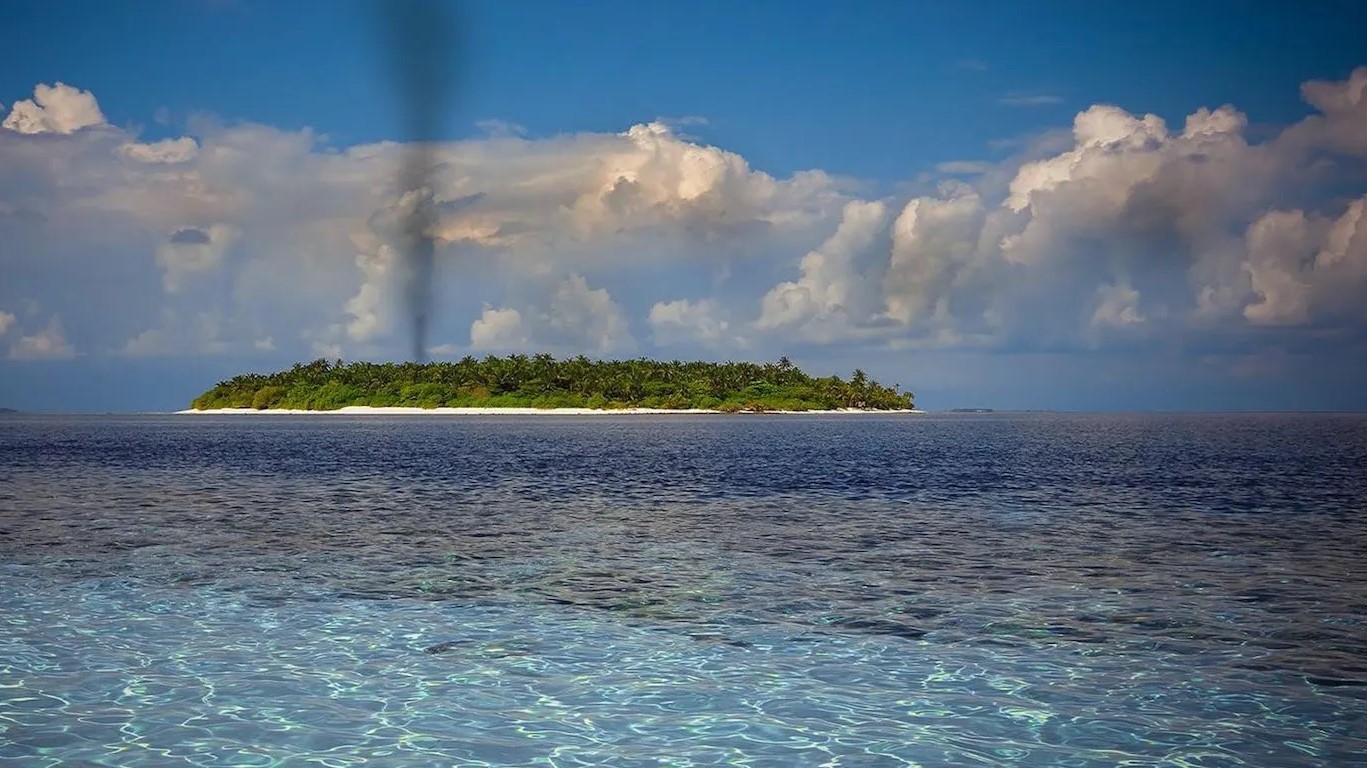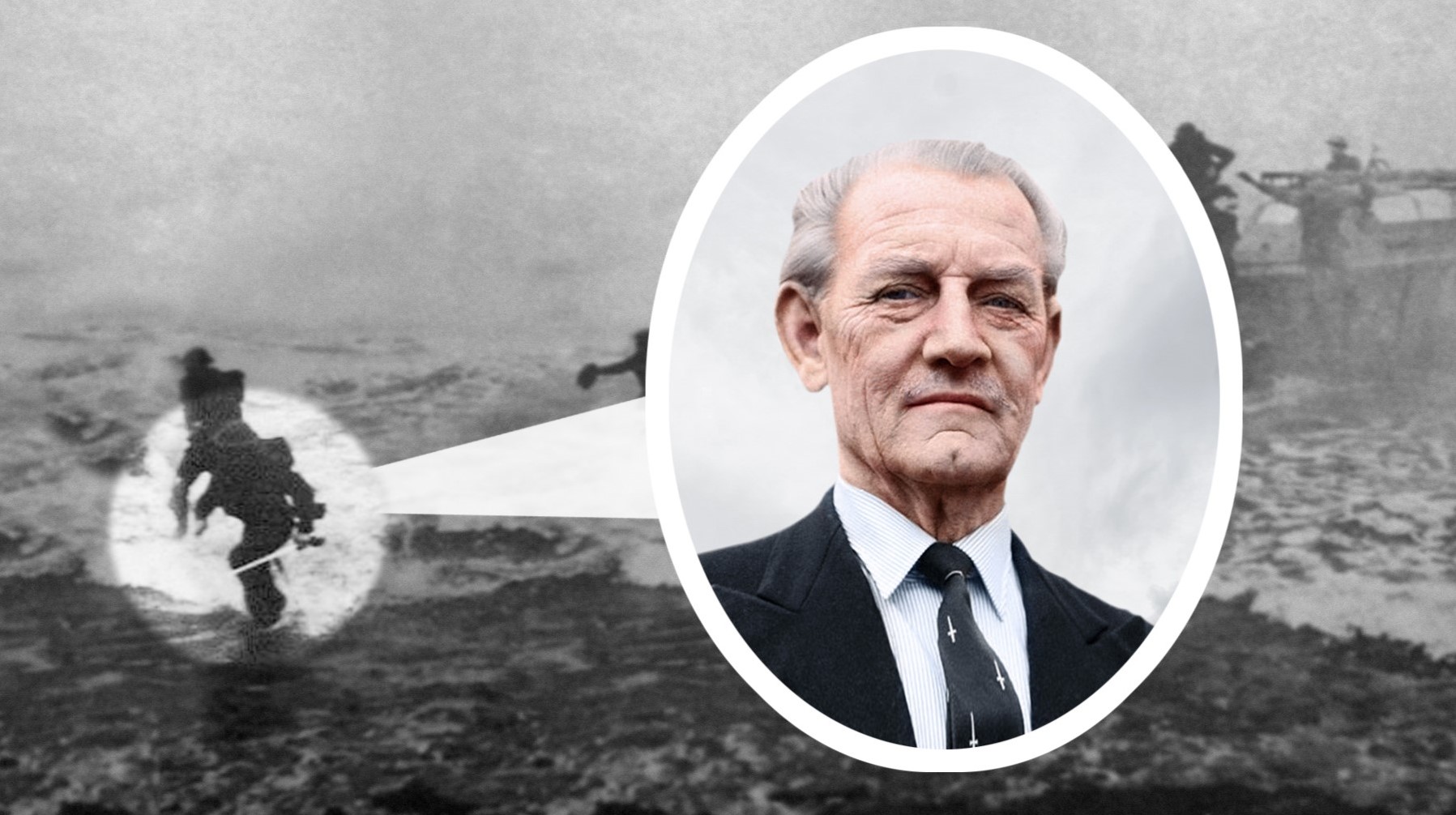
Cannibal Island, also known as Nazino Island, holds a dark chapter in history. Located in Siberia, this remote island was the site of a brutal Soviet experiment in 1933. Thousands of people were deported there without adequate food, shelter, or tools. Within weeks, the situation spiraled into chaos and desperation. Starvation led to horrific acts of cannibalism among the deportees. This grim episode remained hidden for decades, only coming to light after the fall of the Soviet Union. Today, Cannibal Island serves as a chilling reminder of the extremes of human suffering and the consequences of totalitarian regimes.
Key Takeaways:
- Cannibal Island, also known as Nazino Island, was a tragic chapter in Soviet history where thousands suffered due to government neglect and brutality, leading to unimaginable acts of desperation and survival.
- The legacy of Cannibal Island serves as a powerful reminder of the importance of human rights, transparency, and accountability, and continues to influence policy discussions, art, and culture today.
Cannibal Island: A Grim Chapter in History
Cannibal Island, also known as Nazino Island, is a haunting reminder of one of the darkest periods in Soviet history. Located in the Ob River in Siberia, this island witnessed unimaginable horrors during the early 1930s. Here are some chilling facts about Cannibal Island that shed light on its grim past.
The Origins of Cannibal Island
The story of Cannibal Island begins with a Soviet plan gone horribly wrong. The government aimed to resettle "socially harmful elements" to remote areas. However, the execution of this plan led to tragic consequences.
-
Nazino Island was chosen as a resettlement site in 1933. The Soviet government selected this remote island to house thousands of deportees, hoping to transform them into productive laborers.
-
Over 6,000 people were sent to the island. These individuals included petty criminals, political prisoners, and so-called "undesirables" from urban areas.
-
The deportees were ill-prepared for survival. Many were sent without proper clothing, tools, or food, leading to a dire situation upon arrival.
-
The island lacked basic infrastructure. There were no shelters or provisions, leaving the deportees exposed to harsh weather conditions.
The Horrors Unfold
As the deportees struggled to survive, the situation on Cannibal Island quickly deteriorated. Desperation and hunger led to unimaginable acts.
-
Starvation became rampant. With no food supplies, the deportees resorted to eating grass, bark, and anything they could find.
-
Cannibalism emerged as a means of survival. In their desperation, some individuals turned to cannibalism, consuming the bodies of those who had died.
-
Violence and chaos ensued. The lack of order and resources led to brutal fights over food and survival.
-
Many died within weeks. The harsh conditions and lack of sustenance resulted in a high mortality rate, with thousands perishing in a short period.
The Soviet Government's Role
The Soviet authorities played a significant role in the tragedy of Cannibal Island. Their actions and inactions contributed to the suffering of the deportees.
-
The government provided minimal oversight. The authorities failed to ensure the well-being of the deportees, leading to widespread neglect.
-
Guards were stationed on the island. These guards were often brutal and corrupt, further exacerbating the suffering of the deportees.
-
Reports of the island's conditions reached Moscow. Despite receiving reports of the dire situation, the government took little action to alleviate the suffering.
-
The tragedy was kept secret for decades. The Soviet government suppressed information about Cannibal Island, and it remained largely unknown until the 1990s.
The Aftermath and Legacy
The legacy of Cannibal Island is a sobering reminder of the human capacity for cruelty and the consequences of failed policies.
-
Survivors were relocated. Those who managed to survive the ordeal were eventually moved to other locations, but many were left traumatized.
-
The island became a symbol of Soviet repression. Cannibal Island stands as a stark example of the brutal policies and human rights abuses of the Soviet regime.
-
Historians have documented the tragedy. Researchers have uncovered documents and testimonies that shed light on the horrors of Cannibal Island.
-
Memorials have been established. Efforts have been made to honor the memory of those who suffered and died on the island.
The Human Toll
The human cost of Cannibal Island is immeasurable. The suffering endured by the deportees is a testament to the resilience of the human spirit in the face of unimaginable adversity.
-
Families were torn apart. Many deportees were separated from their loved ones, never to be reunited.
-
Children were among the victims. Innocent children suffered and died alongside adults on the island.
-
Survivors carried lifelong scars. Those who lived through the ordeal were left with deep physical and emotional scars.
-
The tragedy affected future generations. The descendants of the deportees continue to grapple with the legacy of Cannibal Island.
Lessons from Cannibal Island
The story of Cannibal Island serves as a powerful reminder of the importance of human rights and the dangers of unchecked government power.
-
It highlights the need for accountability. Governments must be held accountable for their actions to prevent such tragedies from occurring.
-
The importance of transparency is evident. Suppressing information and hiding the truth only prolongs suffering and prevents healing.
-
Human dignity must be upheld. Every individual deserves to be treated with respect and dignity, regardless of their circumstances.
-
The resilience of the human spirit is remarkable. Despite the horrors they faced, many deportees showed incredible strength and resilience.
Remembering Cannibal Island
Honoring the memory of those who suffered on Cannibal Island is crucial to ensuring that such atrocities are never forgotten.
-
Educational programs have been developed. Schools and institutions have created programs to teach about the history of Cannibal Island.
-
Documentaries and books have been produced. Filmmakers and authors have worked to bring the story of Cannibal Island to a wider audience.
-
Survivor testimonies have been recorded. The voices of those who lived through the ordeal provide valuable insights into the tragedy.
-
International awareness has increased. The story of Cannibal Island has gained attention worldwide, highlighting the need for vigilance against human rights abuses.
The Ongoing Impact
The legacy of Cannibal Island continues to resonate today, reminding us of the importance of compassion and justice.
-
Human rights organizations draw lessons. Groups dedicated to protecting human rights use the story of Cannibal Island to advocate for change.
-
The island remains a historical site. Nazino Island stands as a somber reminder of the past, attracting visitors who seek to understand its history.
-
Research continues. Historians and scholars continue to study Cannibal Island, uncovering new information and insights.
-
The tragedy influences policy discussions. The lessons learned from Cannibal Island inform debates on government policies and human rights.
-
Art and culture reflect the story. Artists, writers, and musicians have created works inspired by the events of Cannibal Island, keeping its memory alive.
-
The island's story is a call to action. Remembering Cannibal Island compels us to work towards a world where such atrocities are never repeated.
Final Glimpse at Cannibal Island
Cannibal Island, or Nazino Island, remains a chilling reminder of human cruelty and suffering. In 1933, thousands of people were deported there by the Soviet Union, left to fend for themselves with little food or shelter. Many perished from starvation, disease, or violence. This tragic episode highlights the extreme measures taken during Stalin's regime and the devastating impact on innocent lives.
Remembering these events is crucial to understanding history's darker chapters. It serves as a stark warning against the abuse of power and the importance of human rights. While the island's story is harrowing, it also underscores the resilience of the human spirit in the face of unimaginable adversity.
Learning about Cannibal Island isn't just about the past; it's a call to ensure such atrocities never happen again. Let's honor the memory of those who suffered by striving for a more just and compassionate world.
Frequently Asked Questions
Was this page helpful?
Our commitment to delivering trustworthy and engaging content is at the heart of what we do. Each fact on our site is contributed by real users like you, bringing a wealth of diverse insights and information. To ensure the highest standards of accuracy and reliability, our dedicated editors meticulously review each submission. This process guarantees that the facts we share are not only fascinating but also credible. Trust in our commitment to quality and authenticity as you explore and learn with us.


